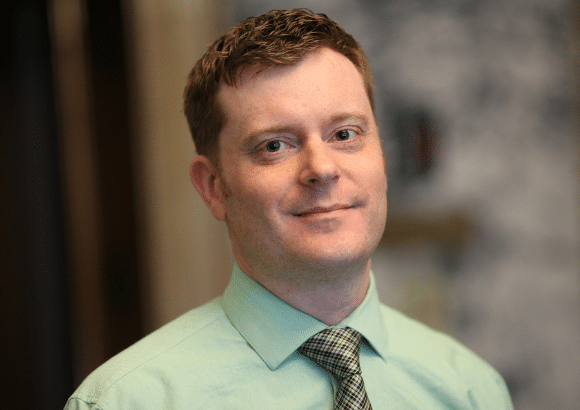Updated August 20, 2018: This post has been updated to include official carbon fee revenue estimates from the Washington State Office of Financial Management. The original version of this post included rough carbon fee revenues calculated by the Budget & Policy Center. The updates are in the fourth paragraph and the bullets below.
Washingtonians must take bold action to confront the serious threat that air pollution poses to the health and well-being of communities from Longview to Walla Walla. But meaningful action can only be achieved and sustained if people and communities – especially people of color, rural communities, and other populations that are often overlooked by lawmakers and initiative campaigns – are rightfully included in developing solutions to this threat from the very beginning.
That’s why the Washington State Budget & Policy Center is joining Tribal Nations, businesses, climate scientists, public health experts, and organizations representing communities of color, workers, and families with lower incomes in endorsing Initiative 1631.
I-1631 is a smart, inclusive proposal to invest in clean air and water in Washington state. Under the measure, hundreds of millions of dollars would be invested in communities like Yakima, South Seattle, Centralia, and other areas that have been most harmed by air pollution to build clean and efficient transportation and energy infrastructure. And workers in these communities would benefit from new “green collar” jobs that would be created in the process of building and maintaining the new clean infrastructure.
Here’s how it would work: Beginning in 2020, I-1631 would impose a first-in-the-nation pollution fee on the biggest polluters in Washington state that emit large amounts of carbon dioxide into the atmosphere or that import carbon-laden fossil fuels. The fee would initially be set at $15 per ton of carbon dioxide and would increase annually at a rate of $2 per ton, adjusted for inflation, until the state meets specific air pollution reduction goals. It would generate roughly $850 million in new resources for community investments in the upcoming 2019-21 budget cycle and more than $1.3 billion in the following 2021-23 cycle¹.
But the truly remarkable feature of I-1631 is the amount of revenue that would be directly invested into “pollution and health action areas,” or areas that have been disproportionately impacted by air pollution. That includes many rural areas. It also includes places with large concentrations of people of color who, due to systemic racism, are much more likely to live in heavily polluted areas and areas with fewer employment opportunities.
For example, in the 2021-23 budget cycle, the first biennium in which the carbon fee would be fully implemented, the measure would require:
- Substantial clean energy infrastructure projects located directly within pollution and health action areas ($245 million);
- Resources to help people with lower incomes upgrade to newer, energy-efficient appliances, transition to low-carbon fuels, weatherize their homes, install solar panels, and offset other costs associated with transitioning to a low-carbon economy ($144 million);
- Sovereign Indian Tribes receive a just share of resources to help address climate-related dislocation, fight poor health associated with disproportionate exposure to air pollution, build low-carbon energy and transportation infrastructure, and more ($139 million);
- Assistance for workers employed in the fossil fuel industry to transition to good, clean-energy jobs. Workers near retirement would be eligible to receive wage replacements, health benefits, pension contributions, and other benefits. Younger workers would also be eligible for wage replacement, health benefits, and pension contributions. They would also be granted free access to retraining programs at state technical and community colleges, assistance with relocation costs, and priority placement at jobs in the clean energy sector ($50 million); and
- Resources to help people living in pollution and health action areas participate in the process of developing and monitoring clean energy projects and programs to help their communities transition to a vibrant clean energy economy ($14 million).
The remaining two-thirds of revenue from the pollution fee would be used to fund clean air and energy projects located outside of these targeted areas, and to sustain clean water and healthy forests throughout the state.
It’s important to note that residents from pollution and health action areas would have a direct and strong voice in developing, approving, and overseeing projects funded by the pollution fee. That’s because the measure would establish a public oversight board of representatives from Tribal governments, labor unions, and people living in pollution and health action areas, alongside agencies and experts in pollution reduction and clean energy.
I-1631 would also create an environmental and economic justice panel composed of residents from pollution and health action areas, members of Tribal Nations, labor unions, and experts in clean energy and economic dislocation. The panel would be charged with developing and recommending projects to be located directly within the pollution and health action areas. It would also be responsible for developing programs to ensure people with lower incomes have the support they need to adapt and thrive in a low-carbon economy.
Voters should approve I-1631 on the November ballot. The measure would help jumpstart Washington’s transition to a healthier, low-carbon economy in which all communities will have opportunities to thrive in the coming years. It is also the most inclusive effort ever undertaken to improve the health and well-being of communities in every corner of Washington state.
